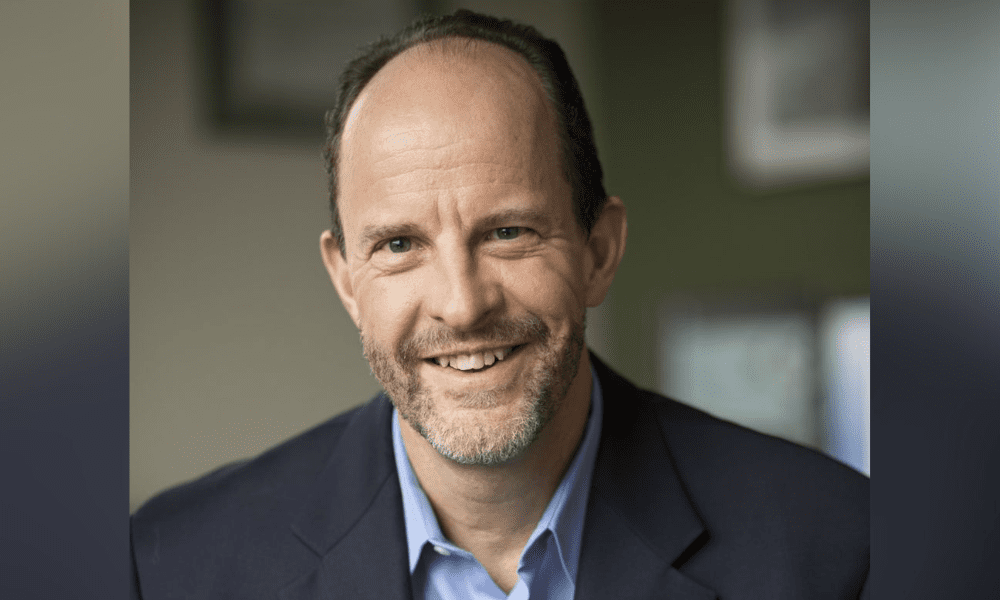Making the case for resilience before ‘sustainability’

Making the case for resilience before ‘sustainability’ | Insurance Business America
Environmental
Making the case for resilience before ‘sustainability’
The concept has become watered down, expert argues
Environmental
By
Gia Snape
Sustainability has transcended the realm of corporate responsibility; today, it’s a strategic imperative for all organizations that want to be viable in the long term.
While it’s a wise and admirable decision to pursue sustainability, at least one expert argues the term ‘sustainability’ has become overly broad and watered down, undercutting sincere efforts to achieve it.
Dr Louis Gritzo (pictured), chief science officer of commercial property insurer FM Global, warned that sustainability goals – whether they’re environmental, societal, or governance-related – come with risks that organizations need to be prepared for.
“Sustainability goals are very well intended; they’re intended to be good for the company’s bottom line, good for the employees, good for the communities they serve,” he said.
“But if [companies] are [not aware] of the risks associated with those things, then… it could backfire on them and some of the actions they’re taking [could] result in not being sustainable.”
Risks associated with sustainability range from increased costs due to investments in green technology and processes, to supply chain vulnerabilities, and compliance and regulatory challenges. Organizations also face reputational risks as they come under increasing pressure to demonstrate their commitment to sustainability.
Resilience, therefore, is key.
Environmental sustainability and the energy transition pose risks for businesses
Climate change and extreme weather events have made pursuing environmental sustainability goals more complex for businesses across all industries.
This is because cutting-edge sustainability technologies are also vulnerable to wind, electrical fire, and combustible debris, Gritzo pointed out.
“In the case of renewable energy, a classic example is putting photovoltaic panels on your roof,” he said. “If a windstorm blows those away or hail damages them, then you have to replace them. That’s clearly not sustainable.”
Likewise, “green” roofing materials may present structural hazards when saturated with water. Energy-efficient cladding can be flammable, such as in the Grenfell Tower fire tragedy.
Fires cause pollution, and, in all these instances, there is a need for carbon-emitting cleanup and reconstruction efforts, utilizing materials that contribute to carbon emissions during their production.
Gritzo posed this question to risk managers and business leaders: “Are we taking measures to be resilient as we pursue those [changes] so we don’t have the unintended consequences of the actions that we intended to advance our sustainability goals instead working against them?”
Has there been misuse of ‘sustainability’?
Gritzo traced the roots of heightened sustainability consciousness back almost two decades, highlighting an era when LEED (Leadership in Energy and Environmental Design) certification for buildings, a globally recognized symbol of sustainability, became synonymous with corporate prestige.
But over time, it became increasingly clear that those same “sustainable” structures were also vulnerable to weather and other perils.
So, can companies pursue resilience and sustainability at the same time? Gritzo thinks so.
He urged companies to define goals aligned with their business objectives, leverage strategic partnerships, and develop adaptability to navigate evolving challenges and technological advancements.
“Rather than rushing to do something that might improve your sustainability posture and then experiencing adverse events that set you back, you can make sure your goals are in place first,” he said.
“Then it’s [about] the way of meeting those goals to ensure resilience is also present, whether you’ve looked at the things that can cause your company harm based on what you do and where you’re located.
“With proper checks and processes in place, you can ensure the ticket to sustainability is firmly in your hand, and you can move forward with confidence.”
Do you have any thoughts about the relationship between sustainability and resilience? Please tell us your perspective in the comments.
Related Stories
Keep up with the latest news and events
Join our mailing list, it’s free!






